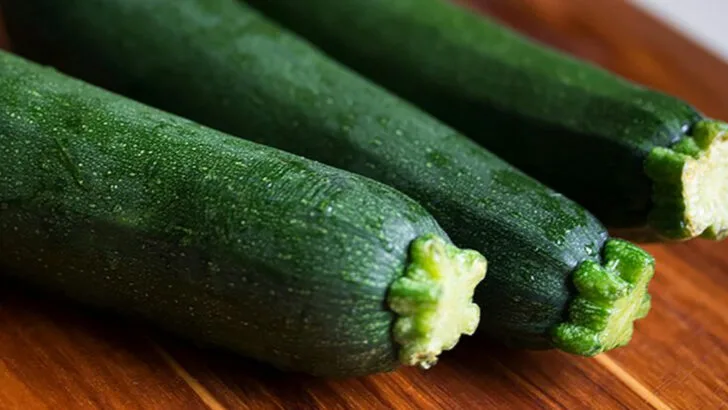Some vegetables don’t know when to stop. You plant one or two, and before long, they’ve crept into every corner, wrapped around your other crops, or popped up in places you didn’t even plant them. It’s not that they’re bad, it’s just that they have serious takeover tendencies when given the chance.
If you’ve ever had mint run wild or zucchini that seemed to double in size overnight, you know exactly what this means. These are the veggies that need boundaries, literally. A little planning goes a long way in keeping them in check. Here are 14 vegetables that can quickly get out of hand if you let them have too much freedom.
Mint
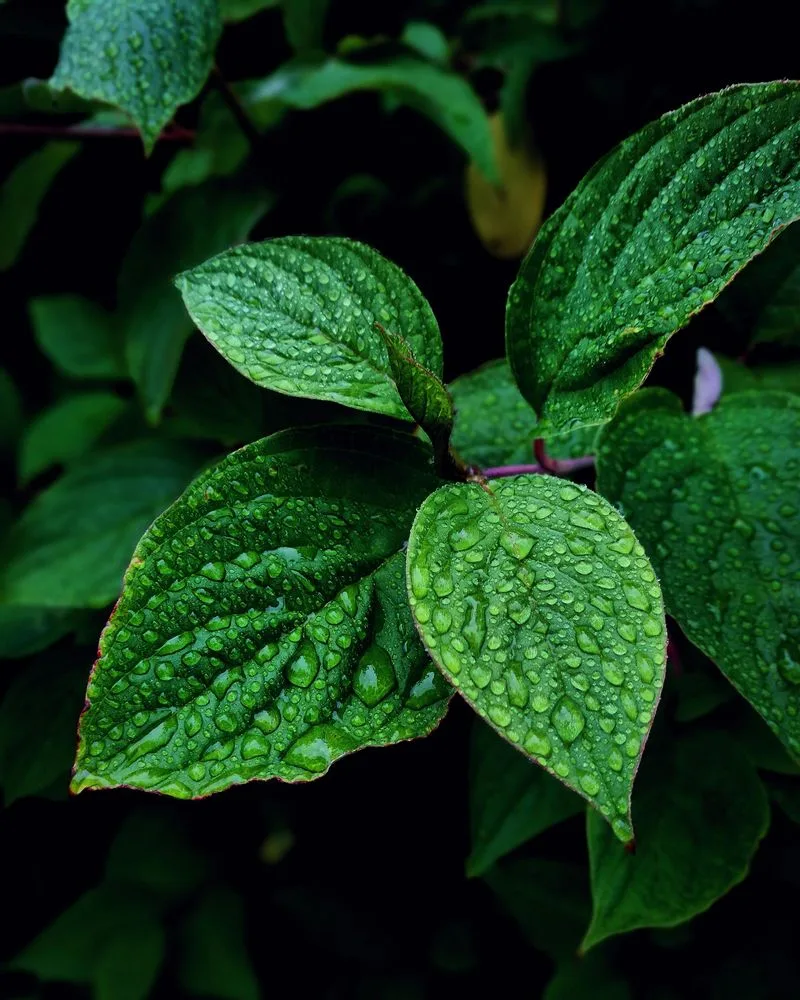
Mint is a beloved herb for its refreshing aroma and culinary versatility. However, it can quickly overrun a garden. Its roots, known as runners, spread aggressively underground. Within a short time, mint can suffocate neighboring plants.
Many gardeners choose to plant mint in containers to prevent its rampant spread. If left unmanaged, mint can become a garden’s dominant resident, overshadowing even the most robust plants. Consider strategic placement and regular pruning to keep this fragrant herb from becoming more of a pest than a pleasure.
Zucchini
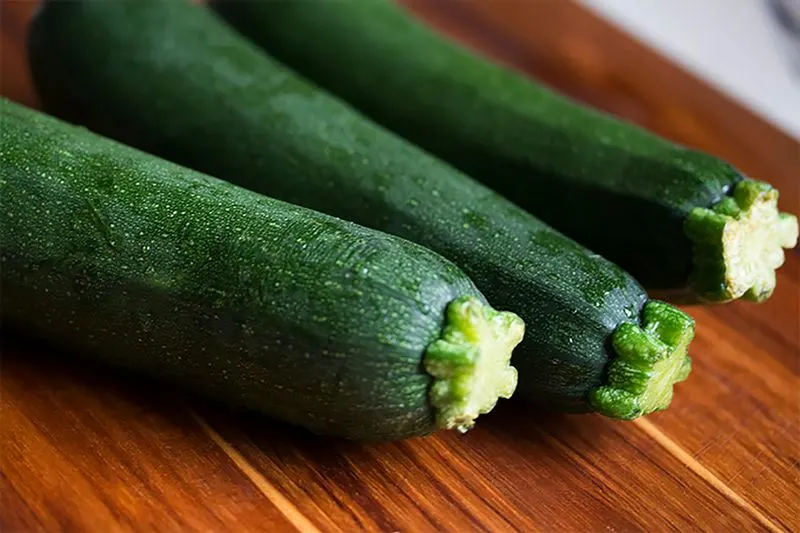
Zucchini is a prolific producer, often yielding an abundance of fruit in a short span. Its sprawling vines can cover large areas, making it a formidable garden competitor. This plant’s vigor is both a blessing and a challenge.
Gardeners may find themselves overwhelmed with zucchini if not harvested regularly. Its growth can overshadow smaller plants, depriving them of sunlight and space. Managing zucchini requires vigilance, with daily checks during peak growing season to prevent it from monopolizing the garden.
Pumpkins
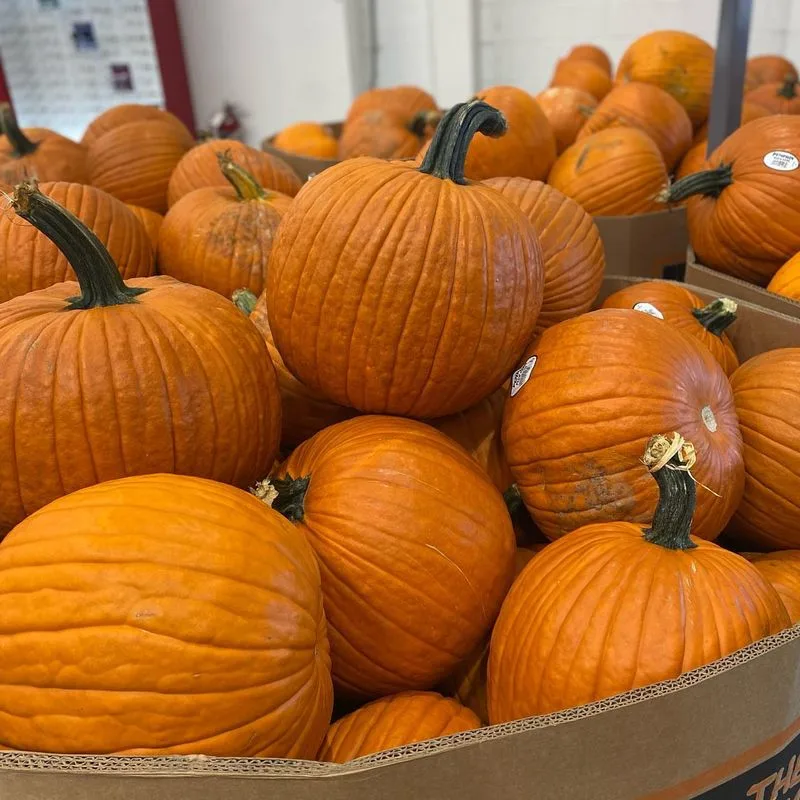
Pumpkins are synonymous with fall, but their growth habits are vigorous year-round. Their vines can extend several feet, covering much of a garden’s real estate. This widespread growth can crowd out other plants.
Planting pumpkins requires ample space and planning. Without careful control, pumpkins can dominate the garden’s landscape, making it difficult for other vegetables to thrive. Regular pruning and strategic placement can help maintain balance in the garden ecosystem.
Asparagus
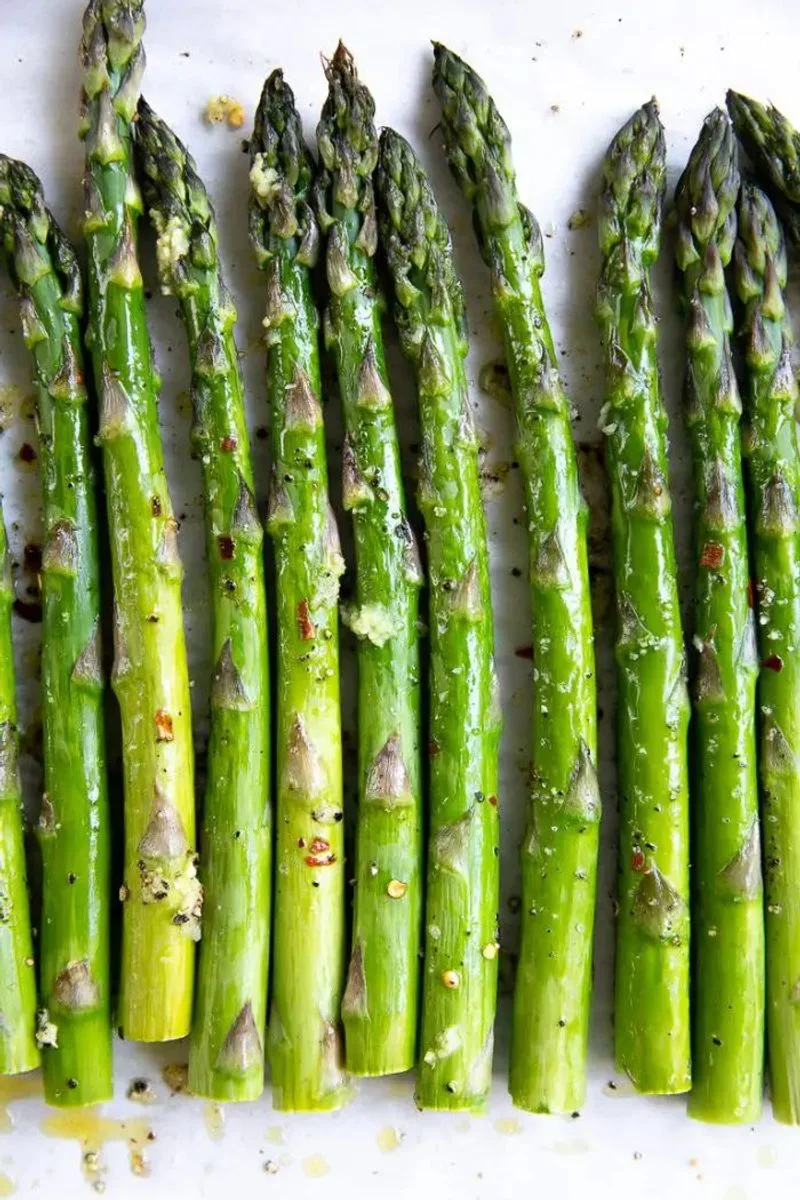
Asparagus is a perennial favorite, but its feathery fronds can quickly overtake garden beds. Once established, asparagus spreads by both seeds and roots, forming dense clumps that are hard to remove.
This hardy vegetable requires careful management to prevent it from crowding out other plants. Dividing and transplanting asparagus regularly can help keep it in check. Without intervention, asparagus can become a dominant force in any garden setting.
Horseradish
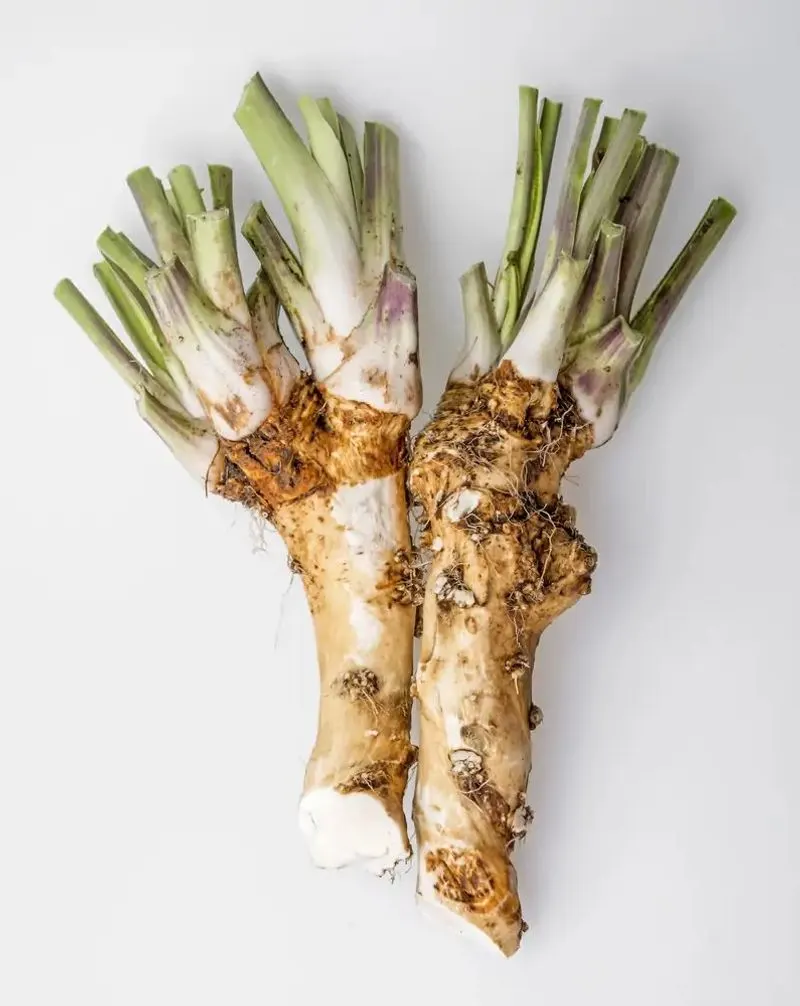
Horseradish is known for its spicy root, but its growth above ground can be just as potent. It spreads aggressively through underground roots, making it challenging to control.
Once horseradish is planted, it can be difficult to eradicate, as even small root pieces can regrow. This tenacity makes it a formidable garden resident. Plant it in isolated areas or containers to prevent it from overtaking your vegetable plot.
Jerusalem Artichokes

Jerusalem artichokes, or sunchokes, are known for their edible tubers. However, their robust growth can quickly monopolize garden space. These tall plants, with sunflower-like blooms, can overshadow smaller vegetables.
Their tubers spread underground, making them difficult to remove once established. Without careful management, Jerusalem artichokes can become an unwelcome garden guest, spreading beyond their intended boundaries.
Rhubarb
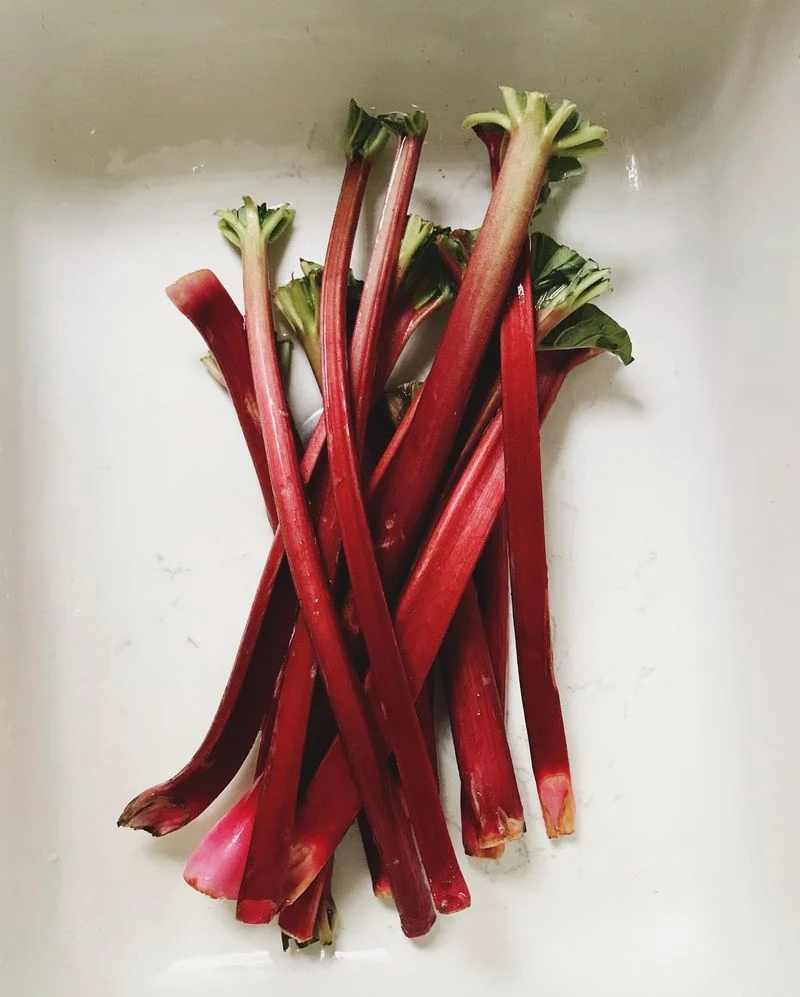
Rhubarb’s tart stalks are a favorite for pies and desserts, but its growth can be aggressive. Established plants form large clumps, with broad leaves that shade other plants.
While rhubarb is a perennial, it requires regular division to prevent it from overtaking garden space. Its robust nature can make it a challenging plant to manage, especially in a mixed vegetable garden.
Kale
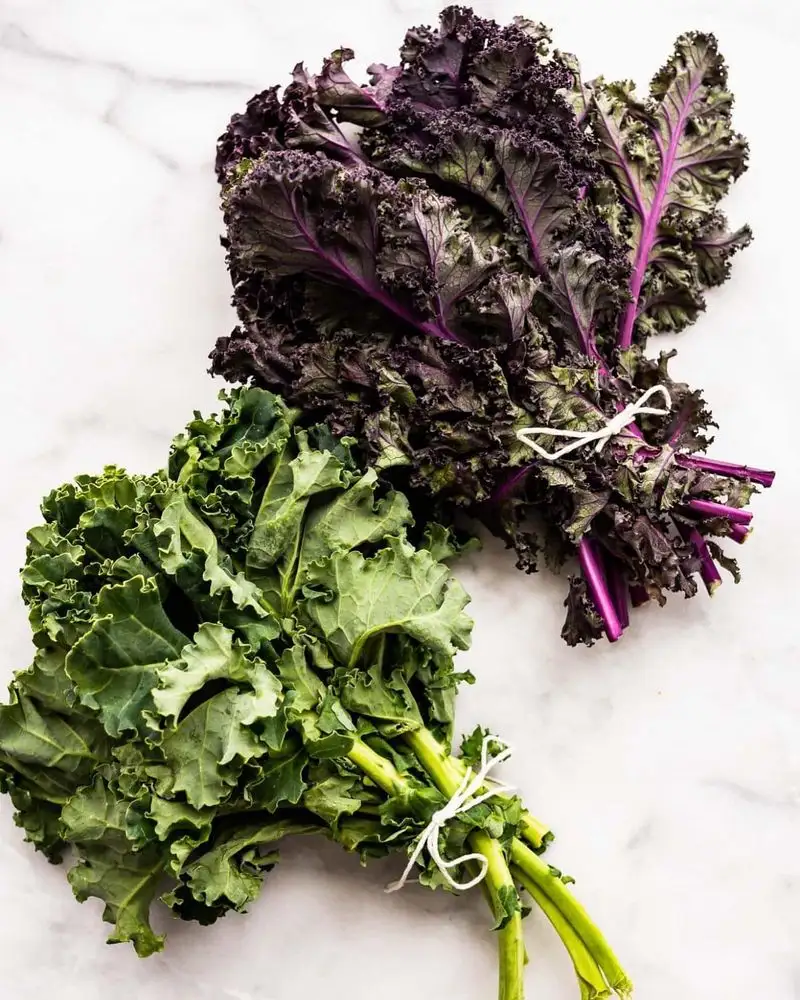
Kale is celebrated for its nutrition, but its growth can be unruly. Dense foliage can overshadow surrounding plants, especially if not harvested regularly.
Kale’s ability to thrive in various conditions means it can spread rapidly. Regular pruning and harvesting are essential to keep kale from dominating other plants in the garden. Its resilience is both its strength and its challenge.
Tomatillos
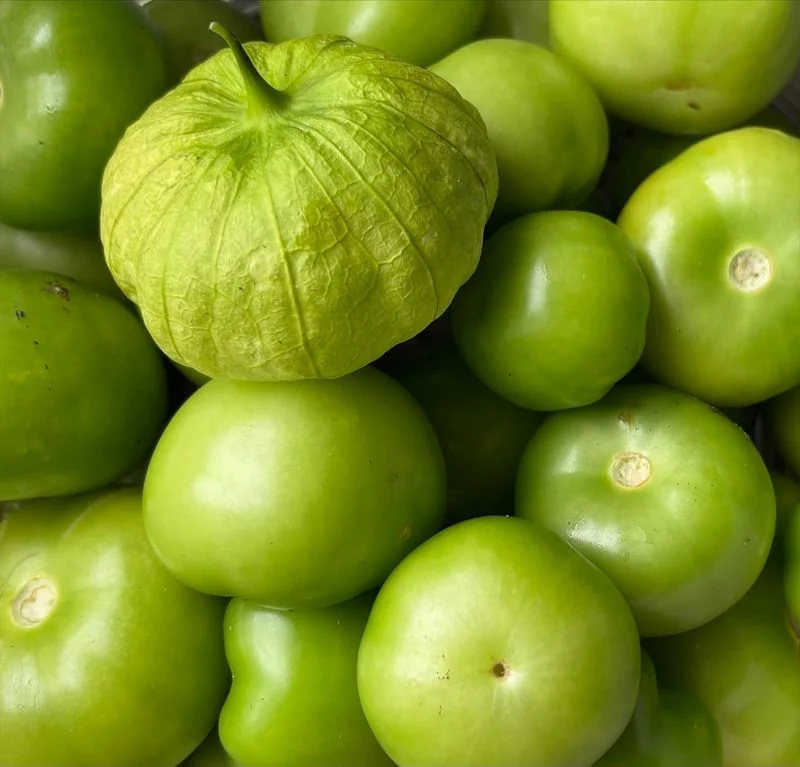
Tomatillos, with their tangy fruits, can quickly spread through a garden. Their sprawling nature and abundant fruit production can overshadow other plants.
These plants can self-seed prolifically, leading to unplanned spread if not managed. Regular pruning and harvesting help maintain order in gardens where tomatillos are grown.
Sweet Potatoes
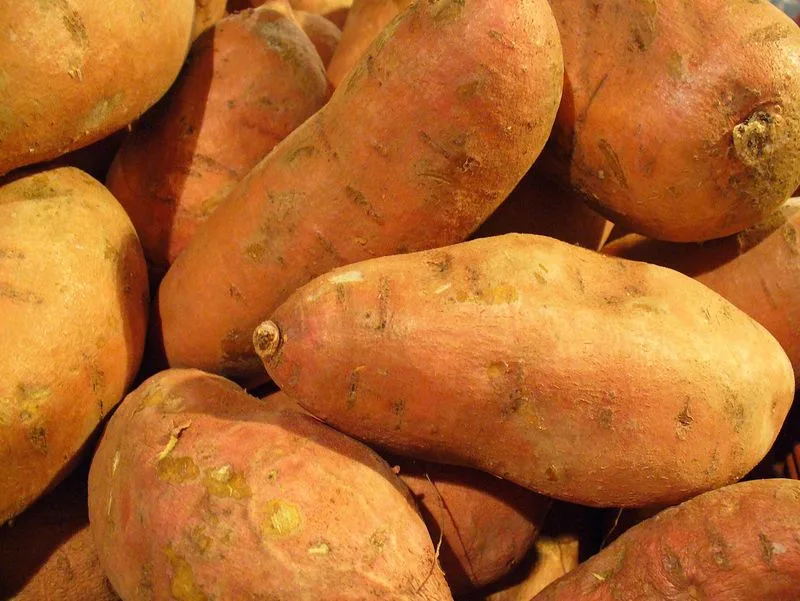
Sweet potatoes are delightful in the kitchen, but their vines can be overbearing in the garden. These sprawling plants can cover large areas, making them a dominant ground cover.
Gardeners should manage sweet potatoes carefully, containing their growth with strategic pruning or by using barriers. Their vigorous nature can make them unwelcome in mixed vegetable gardens.
Garlic
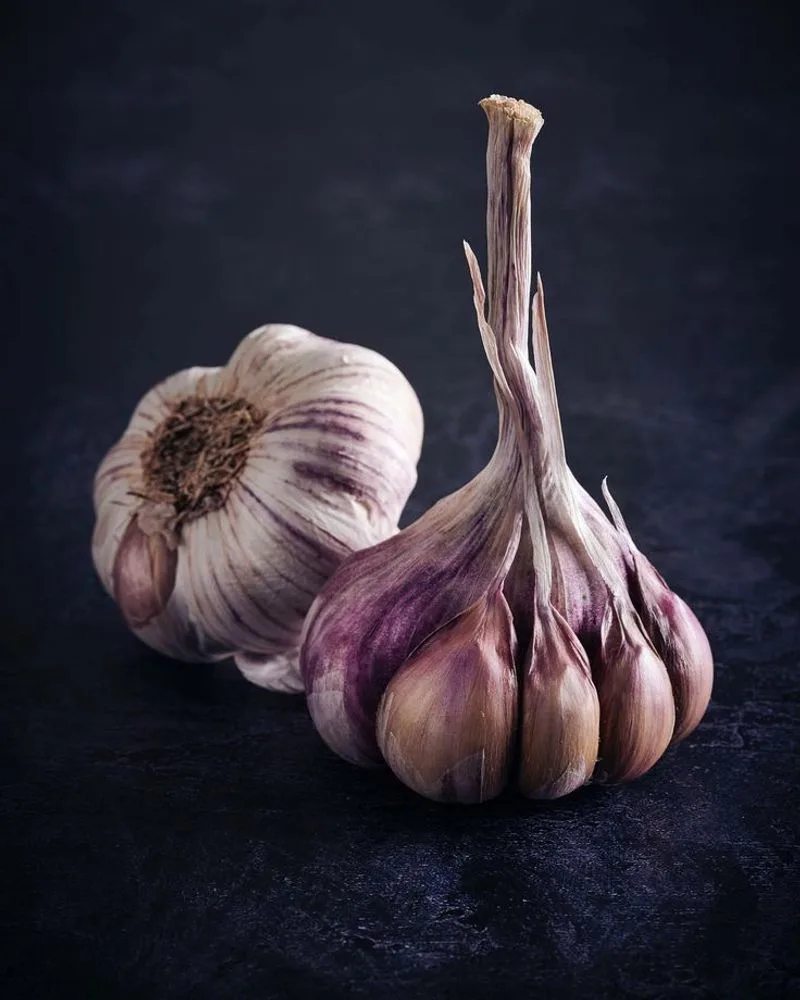
Garlic is a kitchen staple, but it can be a formidable garden presence. Once established, garlic spreads through small bulbs, forming dense stands that can overshadow other plants.
Regular harvesting and thinning are crucial to prevent garlic from overtaking garden space. Plant it with care to ensure it doesn’t dominate garden beds.
Bamboo Shoots
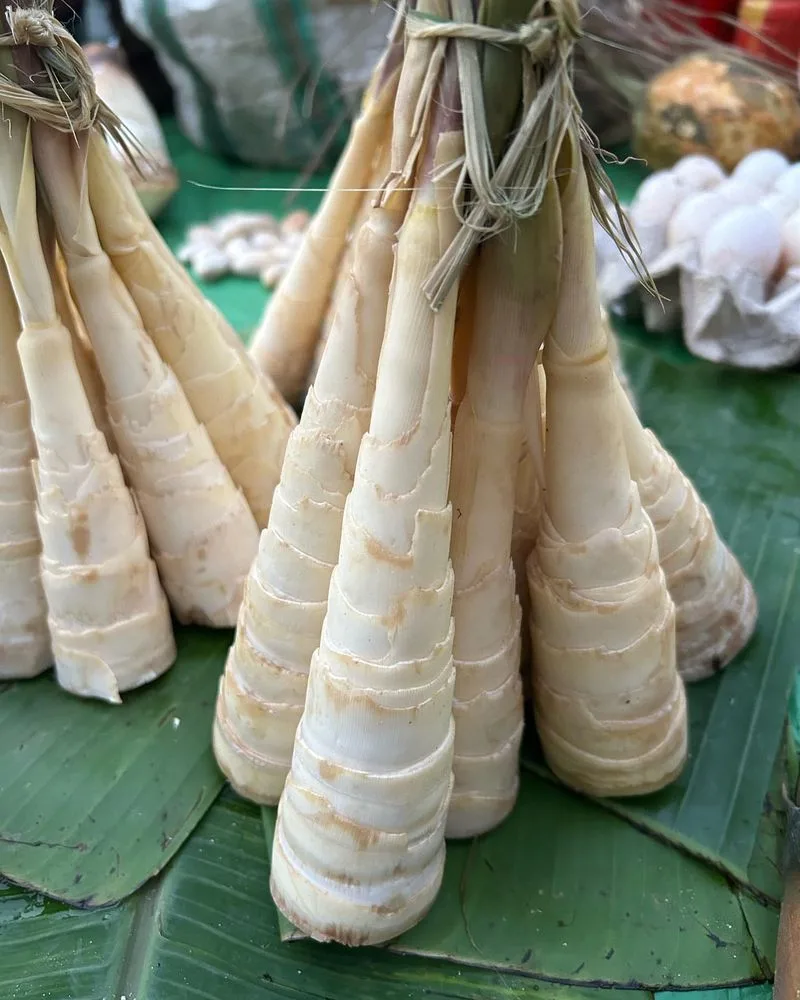
Bamboo shoots are an exotic addition to gardens, but they can be aggressive. Known for their rapid growth, bamboo can quickly take over if not contained.
These shoots spread through rhizomes, forming dense stands. Gardeners should use barriers or containers to prevent bamboo from overwhelming other plants.
Raspberries

Raspberries are a sweet delight, but their canes can be invasive. These plants spread through underground runners, forming thick brambles that can dominate garden spaces.
Pruning and regular thinning are essential to keep raspberry bushes in check. Without management, they can quickly overrun a garden area.
Watercress
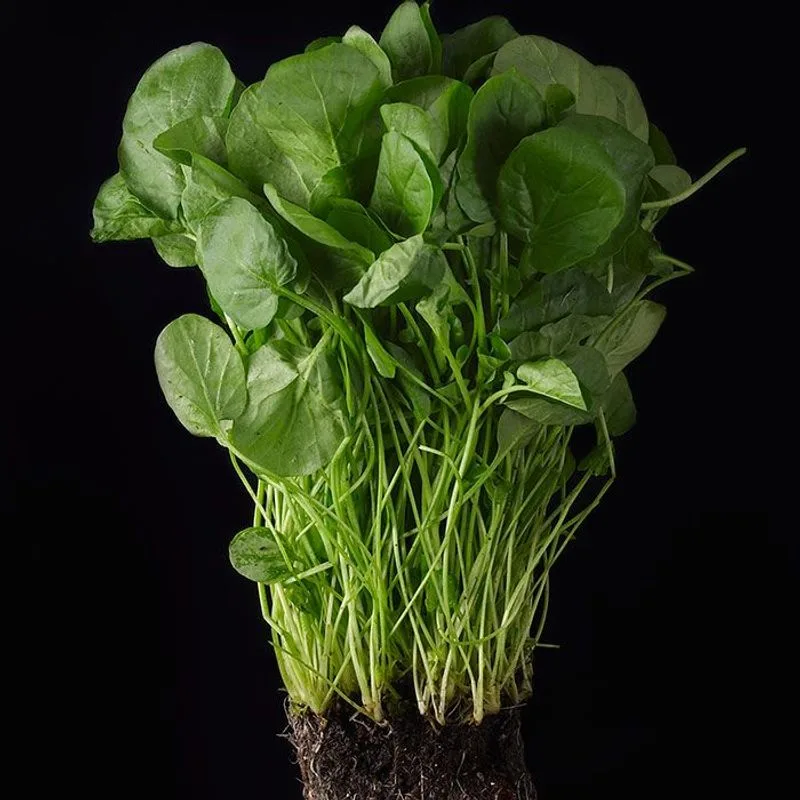
Watercress thrives in moist environments, making it a robust garden resident. Its rapid growth can quickly cover garden spaces if not controlled.
Regular harvesting and strategic planting can prevent watercress from becoming an invasive presence. Its lush growth is beautiful but requires careful management.

